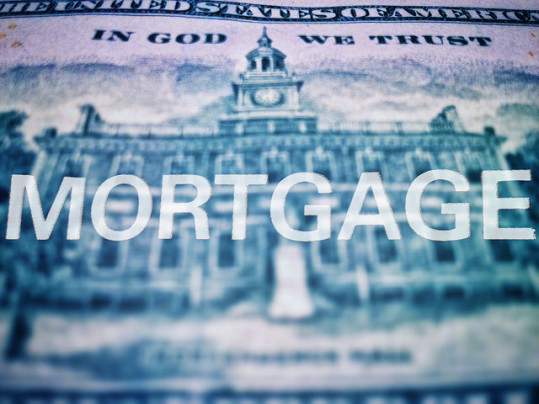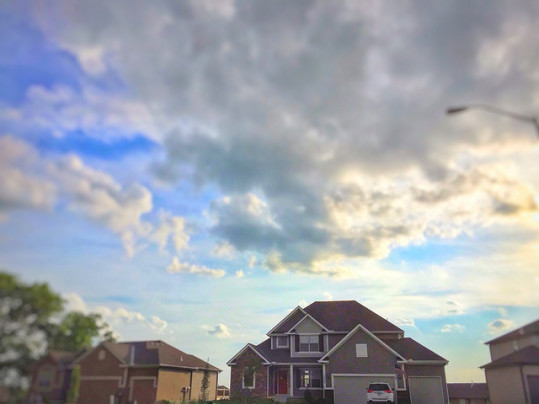To those who’ve been through it before, the home buying process may seem less complicated and intimidating than it does to someone who hasn’t had the experience. Take millennials, for example. The generation – roughly defined as being between the ages of 18 and 34 – are approaching, or have already arrived at, an age when Americans typically start thinking about buying their first home. Without any prior experience or knowledge, however, many feel confused about their options and anxious about the whole endeavor. In fact, according to a recent survey, millennials have a number of concerns. Unsurprisingly, having enough money for a down payment topped the list. But almost half said not knowing how to start the process was also an issue, followed by bad credit and too much debt. In other words, millennials are interested in buying a house but may be holding off due to misconceptions about the financial requirements or confusion about how to get started. Fortunately, the process is far less daunting than it may seem and, with the help of a good lender, exploring the available financing options can make buying a home not only less intimidating but also attainable. More here.
Archive for August 2017
Cash Sales Are A Sign Of A Competitive Market
Most people don’t buy their house with cash. In fact, historically cash sales account for just 10 percent of all home sales. But, according to Freddie Mac’s most recent monthly outlook, the fact that the number of homes for sale remains lower than normal has caused a higher than normal number of cash sales. “Usually, not many people like to invest a lot of cash into real estate, which is illiquid and has high transaction costs,” Freddie Mac’s chief economist, Sean Becketti, says. “However, in the current, highly competitive housing market, a cash offer is an effective way to gain an advantage over other bidders.” Still, cash sales are well below their peak of 35 percent, with a share closer to 18 percent according to the most recent data. Overall, Freddie Mac expects mortgage rates to remain low through the end of the year and home sales to surpass last year’s numbers. However, low inventory remains an issue. The outlook says home sales would have been much higher if not for the fact that many markets have fewer homes for sale than is typical. More here.
Number Of $1 Million Neighborhoods Rises
A new analysis shows that the number of zip codes where at least 10 percent of the homes are worth $1 million or more has been rising since 2014. In fact, there are now 1,280 across the country, which is 346 more than there were just three years ago. The reason behind the increase is fairly obvious, as home prices over the past few years have recovered most, if not all, of the value lost following the housing crash. But, despite the rising number of $1 million dollar homes, those price increases haven’t been equally distributed. A closer look at the numbers shows that almost half of those 346 zip codes are located in just five metropolitan areas. Furthermore, they are all located in large cities on the east or west coast. In other words, though the number of $1 million neighborhoods is on the rise, there are still many areas where prices remain affordable and closer to the U.S median home value of $200,000. Some of the major metro areas that still have a median home value near the national average include Orlando, Houston, Dallas, Tampa, and Charlotte. More here.
Mortgage Rates Fall To Lowest Level Since November
According to the Mortgage Bankers Association’s Weekly Applications Survey, average mortgage rates fell again last week, dropping to their lowest level since last November. The decline was seen across all loan categories, except 15-year fixed-rate mortgages which were unchanged from the week before. Michael Fratantoni, MBA’s chief economist, told CNBC that low rates were connected to current events. “Last week, mortgage rates dropped to their lowest level since the week of the November 2016 election as investors sought safety given the tense geopolitical environment, especially the concerns with respect to North Korea,” Fratantoni said. Still, despite rates moving lower, mortgage application demand was barely moved. The refinance index increased 2 percent but purchase application demand fell 2 percent, effectively cancelling out the gains. A look at last year’s levels, however, shows the number of prospective buyers requesting applications for loans to buy homes is actually 10 percent higher than at the same time last year. The MBA’s weekly survey has been conducted since 1990 and covers 75 percent of all retail residential mortgage applications. More here.
New Home Market Shows Improvement
The number of new homes that are built and sold has an effect on everyone who buys or sells a house. Mostly, this is true because of prices. Regardless of whether you’re interested in buying a new house, the number of new homes on the market helps determine prices for all houses. That’s because, new homes add to the number of homes available for sale, which helps alleviate upward pressure on prices. In short, good news for builders is good news for buyers. That’s why the most recent Housing Market Index from the National Association of Builders is encouraging. According to their most recent release, builder confidence rose in August. In fact, the index increased four points to 68, on a scale where any number above 50 indicates more builders view conditions as good than poor. Granger MacDonald, NAHB’s chairman, says demand is rising. “Our members are encouraged by rising demand in the new-home market,” MacDonald said. “This is due to ongoing job and economic growth, attractive mortgage rates, and growing consumer confidence.” More here.
Which Grocery Store Is Best For Your Home’s Value?
Living near a grocery store is generally considered a plus. After all, you never know when you’ll run out of something. And, if you ever have, you know it’s generally less frustrating to make a last-minute trip to the store when it’s just up the street. But have you ever considered how living near a grocery store will affect the price of your home? And, beyond that, which grocery store specifically is best for your home’s value? Probably not. But ATTOM Data Solutions has and they’ve recently released the results of their analysis. Because of the variety of local and regional chains, the analysis focuses in on three national chains: Trader Joe’s, Whole Foods, and ALDI. Among them, homes near Trader Joe’s saw the largest price appreciation. In fact, homeowners near a Trader Joe’s had an average 5-year appreciation of 67 percent. By comparison, homes near Whole Foods appreciated just 52 percent, while ALDI came in at 51 percent. But, before you rush out to find a home near a Trader Joe’s, you should know it would be ridiculous to make your buying decision based on this. Better to choose a house you love and hope it’s near a store you love just as much. More here.
The Real Reason There Are Fewer Homes For Sale
These days, many markets are suffering from a lack of homes for sale. And where there are fewer homes to buy, there are higher prices and more competition among buyers. But what’s behind the shortage? Well, a new survey reveals the real reason homeowners have decided to stay put and it’s probably not what you’d expect. The survey found simple demographics may be the biggest factor. A closer look at the numbers reveals that younger homeowners have plans to sell in the near future but the vast majority of baby boomers don’t. In fact, 85 percent of older homeowners said they had no plans to sell in the next year. This, however, isn’t that odd. Older Americans have always been less likely to move. The difference these days is that the overall population has grown older. The share of Americans between the ages of 55 and 74 has risen 30 percent in the past 30 years. That means, there are more older homeowners who aren’t that likely to put their homes up for sale. The good news, though, is that 60 percent of owners who said they were hoping to sell within the next year are millennials, which means there could soon be more affordable homes on the market for interested first-time buyers. More here.







